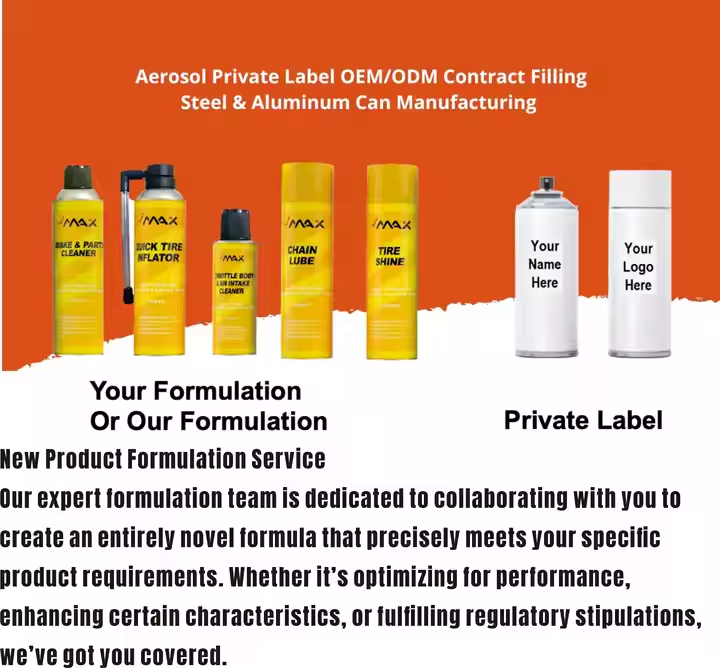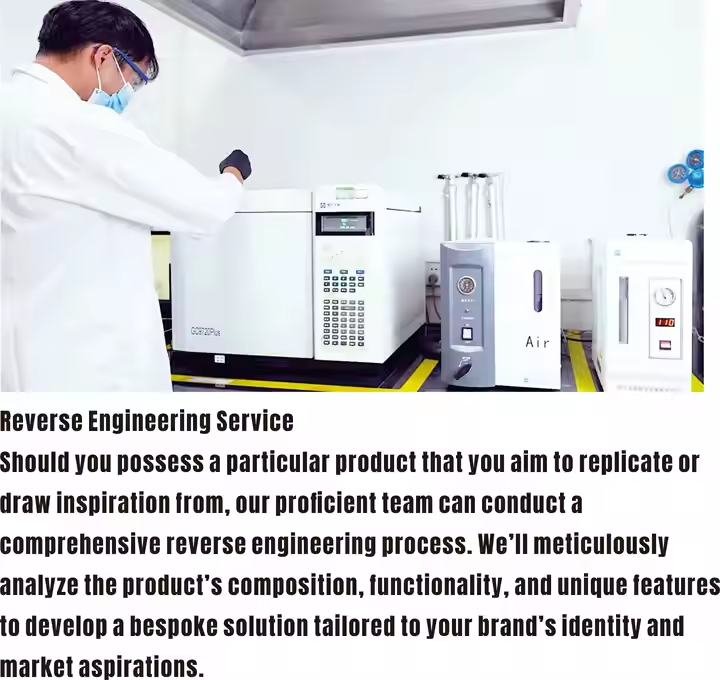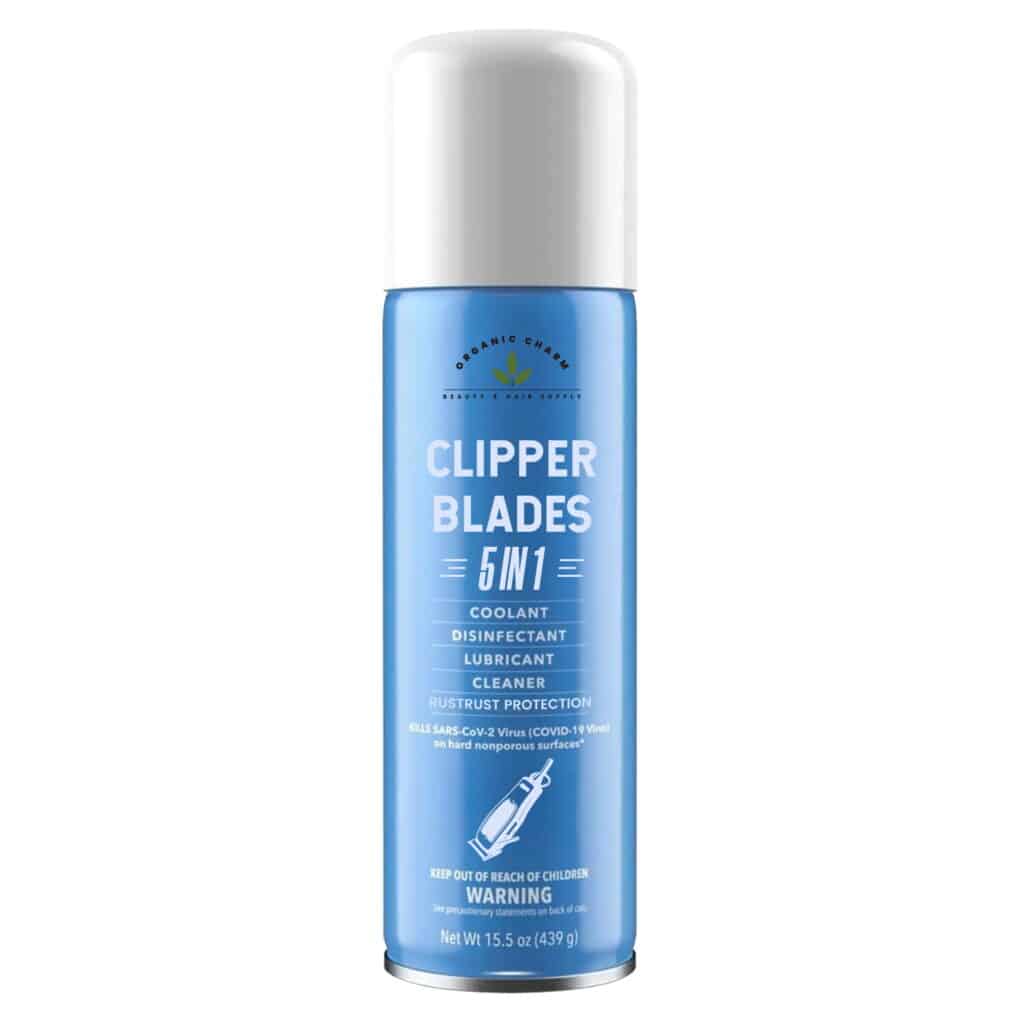
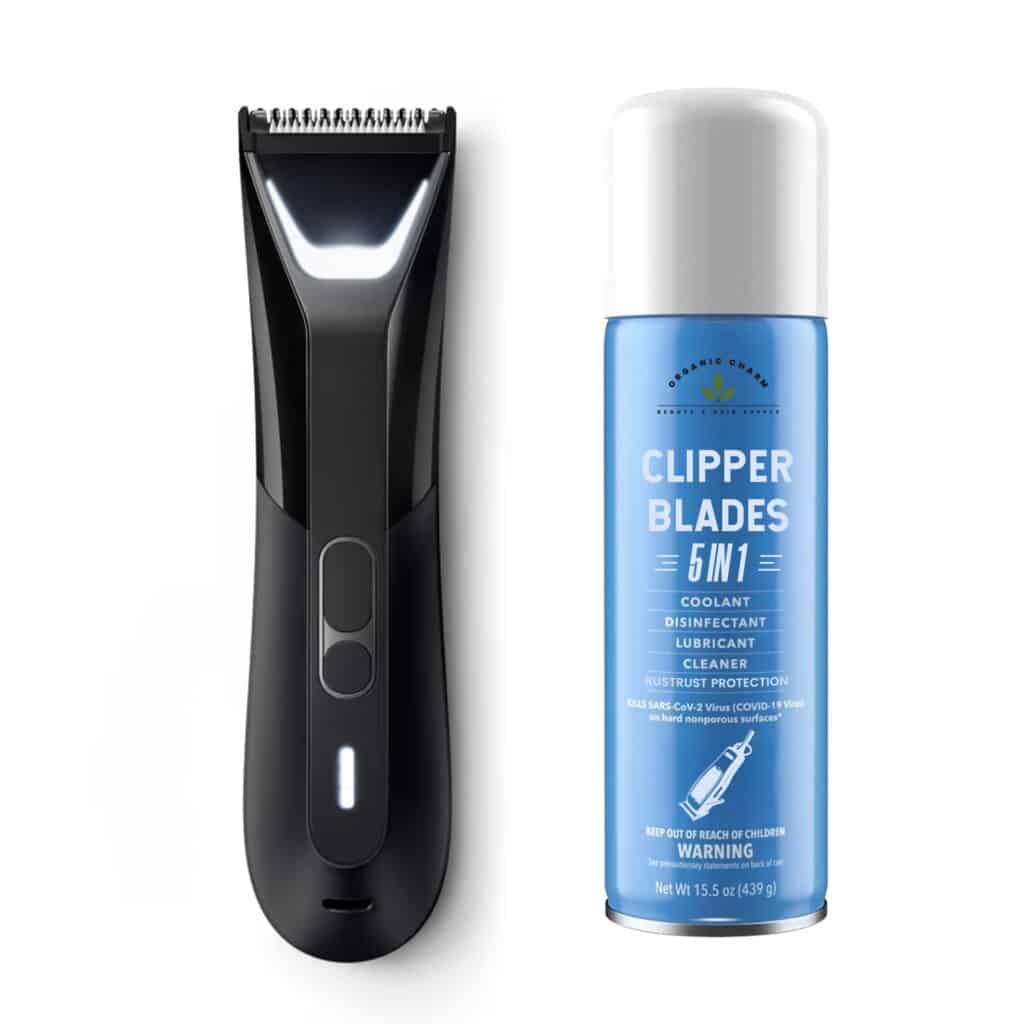
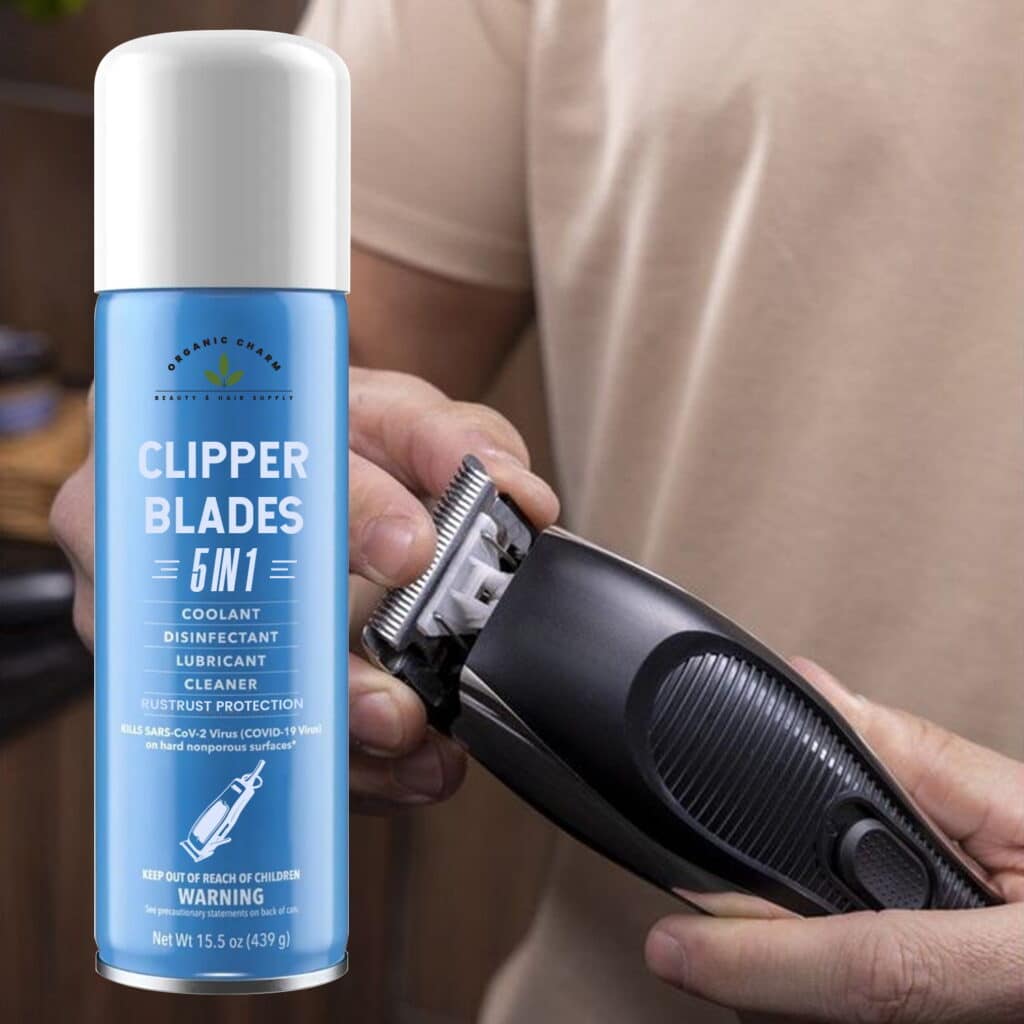
In industrial scenarios such as metal processing, mold manufacturing, and precision cutting, tool coolant (Cutting Fluid / Blade Coolant) has become a key element to improve production efficiency, extend tool life, and ensure processing quality. It is not just a “lubricant” or “cooling medium”, but also a strategic choice that directly affects equipment operating efficiency, processing accuracy, and cost control.
As a professional B2B manufacturer, we are well aware of the importance of tool coolant in the industrial chain, and we also understand how brand customers can win market share through customized coolant products. This blog will take you to systematically understand the working principle, industry trends, selection guide, and how to create a differentiated brand through OEM/ODM cooperation.
1. The three major functions of tool coolant: cooling, lubrication, and chip removal are indispensable
During the cutting process, the intense friction between the tool and the workpiece will quickly generate high temperature, accompanied by a large amount of metal debris and thermal stress. If not handled in time, it will lead to tool burnout, rough machining surface, reduced dimensional accuracy, and even increased safety risks.
The three core functions of tool coolant:
Cooling: quickly remove the high temperature in the cutting area to prevent the tool from overheating, deformation or burning.
Lubricating: reduce the friction between the tool and the workpiece, reduce cutting resistance and wear.
Chip removal: help remove chips, avoid secondary cutting and blockage in the processing area, and keep the processing surface clean and consistent.
Because of these three basic functions, coolant has become an indispensable part of modern processing.
2. How can high-quality coolant extend the tool life by more than 50%? Real data tells you the answer
According to actual production data statistics, a coolant with scientific formula and stable composition can effectively extend the tool life by more than 30%~50%. This not only means a reduction in the frequency of tool replacement, but also means a more stable production rhythm, less downtime and higher yield.
For example:
After using a certain brand of synthetic coolant, the tool life of CNC milling cutter processing titanium alloy materials was extended from the original replacement every 5 hours to 7.5 hours, the maintenance interval was extended, the operating efficiency was improved, and the comprehensive tool cost was reduced by more than 30%.
In turning, after using highly lubricating water-soluble coolant, the surface roughness drops from Ra1.6 to Ra0.8, significantly improving the processing quality.
In other words, high-quality coolant is an invisible “tool umbrella” and a hidden weapon for enterprises to improve their competitiveness.
3. Opportunities to create private-brand coolants: How can B2B customers stand out?
In the increasingly competitive industrial market, more and more companies realize that if coolants are regarded as “consumables”, they are just costs; but if they are made into “branded products”, they can create profits and customer stickiness.
Advantages of B2B customers creating private-brand coolants:
Improve brand professionalism: Especially for supporting product manufacturers such as tools, equipment, fixtures, and machine tools, private coolants can form a complete solution.
Enhance customer stickiness: Coolants are high-repurchase and high-consumption products. Once they are used stably, customers are more willing to buy them for a long time.
Expand profit margins: Compared with the meager profits of tool bodies, the gross profit of coolants is generally as high as 30%-60%, which is an ideal auxiliary product.
No need to build your own production line: through professional OEM/ODM cooperation, you only need to provide the brand, and we will be responsible for the formulation, packaging, filling and delivery.
As a B2B manufacturer, we have helped many customers successfully launch coolant brand products, covering standard industrial, environmentally friendly, high-performance, industry-specific and other solutions.
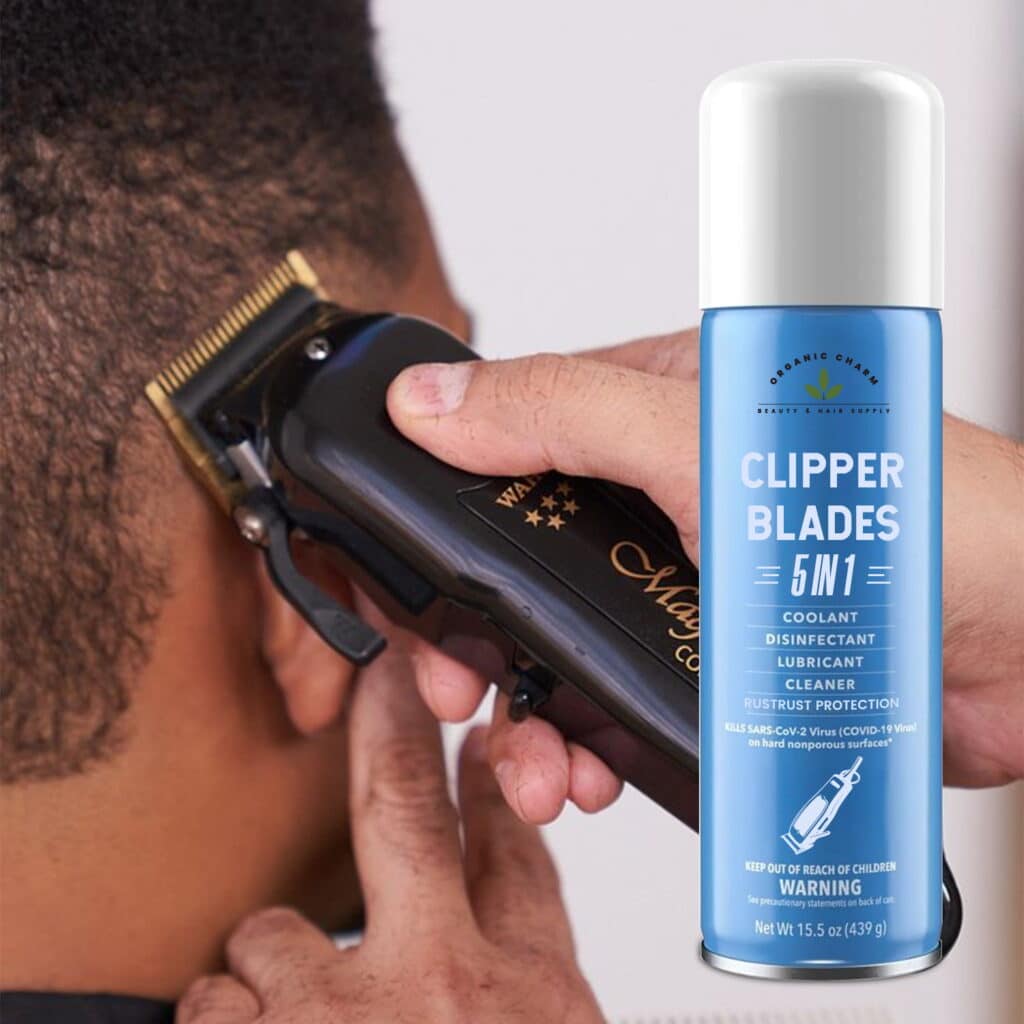
4. Analysis of common coolant types: How to choose water-soluble, synthetic, and semi-synthetic?
According to the application environment and target performance, tool coolants are roughly divided into the following categories:
Water-soluble coolant: based on water, with lubricants and preservatives added, suitable for general metal processing, good cooling, and affordable.
Semi-synthetic coolant: has the dual advantages of water-soluble coolant and oil lubrication, suitable for precision processing scenarios.
Synthetic coolant: oil-free formula, transparent and clear, environmentally friendly and low-foaming, especially suitable for high-speed CNC and aviation, medical processing.
Pure oil coolant: has extremely strong lubrication performance, but poor cooling performance, generally used for grinding and deep hole processing.
Selection recommendations should be combined with the following dimensions:
Processing materials (such as stainless steel, aluminum alloy, titanium alloy)
Tool type and spindle speed
Workshop environment (whether it is closed, whether it meets environmental protection requirements)
Whether anti-rust, anti-corrosion, and anti-foaming functions are required
We can assist customers in cutting tests, match the best coolant type, and fine-tune performance.
5. Environmentally friendly tool coolants are on the rise: a new trend in sustainable manufacturing
With the advancement of global carbon neutrality and green manufacturing goals, environmentally friendly tool coolants are becoming the mainstream choice. Especially in factories exporting to Europe, America, Japan, South Korea and other regions, environmentally friendly coolants have become standard configurations.
Typical features of environmentally friendly coolants include:
Low VOC emissions: low odor, no harmful vapors, worker-friendly
Biodegradable: does not pollute water sources and soil, meets green factory assessment
Nitrite-free, preservative-free Safety and compliance: passed RoHS, REACH and other certifications
Low foam formula: suitable for high-pressure cooling systems and high-speed spindle environments
Using environmentally friendly coolants is not only a reflection of corporate social responsibility, but also conducive to the establishment of brand image and customer favorability.
6. Why high-performance tools must be paired with professional coolants to achieve ultimate performance?
Modern high-end tools often use coating materials, high-hardness alloys and micro-finishing processes. Although they have strong performance, they are more dependent on the support of high-quality coolants.
Applications such as high speed, high feed, and complex contour cutting place higher requirements on coolants:
High cooling efficiency to prevent thermal chipping of the tool
Strong lubrication performance to avoid the formation of built-up edge
Good chemical compatibility, no damage to coatings or equipment seals
Low foam and no corrosion to avoid clogging of the spindle and nozzle
Therefore, if you are selling high-end tools, supporting equipment or precision machining services, a professional matching coolant will directly improve the market reputation of your products.

7. From cutting efficiency to factory safety: Five major criteria for choosing the right tool coolant
When choosing tool coolants, you should not only look at the price and color, but also pay attention to the following 5 criteria:
Are the cooling and lubrication performance balanced?
Is it safe for operators? Is there any irritating odor or skin allergic reaction?
Is it compatible with tool materials and equipment seals? Does it cause rust?
What is the service life? Is it easy to deteriorate, corrupt or stink?
Does it comply with environmental regulations and export requirements? Is it easy to handle waste liquid?
We can help you customize exclusive coolant solutions that meet these 5 standards based on industry conditions and customer feedback.
8. The whole process of coolant OEM is revealed: How can we help you create high-profit brand products?
As a professional coolant manufacturer, we provide B2B customers with full process support from 0 to 1:
Demand communication: understand the customer’s industry, target market, and cooling requirements
Sample development: customize formulas and provide trial samples
Performance testing: support customer processing testing and parameter verification
Packaging design: bottle type, can type, spray type, and barrel type can all be customized
Label printing: support English, multilingual, and multi-regulatory versions
Mass production delivery: automated filling, batch traceability, and logistics support
Continuous service: can help customers expand product categories, such as cleaning agents, rust inhibitors, lubricants, and other product lines
Whether you are a startup brand, industrial service provider, tool agent, or large group company, we can provide flexible OEM/ODM cooperation solutions to help you quickly enter the market and improve your profit structure.
Conclusion: Start with coolant and build your own industrial brand influence
Although tool coolant is small, it is related to production efficiency, processing quality and customer experience. For B2B customers who want to create differentiated competitiveness in the industrial chain, it is no longer just an auxiliary material, but a key product that can shape the brand, create profits and form stickiness.
If you are looking for a trustworthy partner to provide your customers with stable, environmentally friendly and high-performance tool coolant products, we look forward to working with you to create your own industrial brand.
Welcome to contact us for more customized solutions and OEM quotes!
